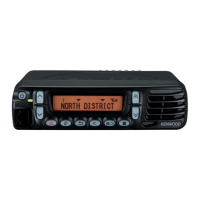
Do you have a question about the Kenwood NEXEDGE NX-700 and is the answer not in the manual?
| Frequency Range | 136-174 MHz |
|---|---|
| NXDN Digital Air Interface | Yes |
| FM Analog Operation | Yes |
| Operating Temperature | -30°C to +60°C |
| IP Rating | IP54/55 |
| Channel Capacity | 128 zones |
| Weight | 1 kg |
| Channel Spacing | 6.25 kHz, 12.5 kHz |
| Operating Voltage | 13.6 V DC |
| Modulation | FM (Analog) |
Compliance with EU Directive 1999/5/EC and country-specific use restrictions.
Instructions for responsible disposal of electronic equipment and batteries in EU countries.
Welcome, NXDN protocol overview, user notices, and critical safety warnings.
Avoid driving configuration, direct sun, heat, odors, and traffic law violations.
Correct voltage, cable use, fuse handling, and secure mounting for collision safety.
Itemized list of accessories included with the transceiver package.
Lists necessary tools like drills and circle cutters for mounting the transceiver.
Step-by-step guide for connecting the DC power cable to the vehicle's power source.
Details on physically mounting the unit, connecting antenna, power, and microphone.
Identifies and explains the function of buttons, switches, and indicators on the front panel.
Explains the meaning of various icons and symbols shown on the transceiver display.
Comprehensive list of functions that can be programmed, with notes on mode availability.
How to switch the transceiver on/off and adjust audio volume levels.
Procedures for selecting the desired operating zone and communication channel or group ID.
Steps for making group and individual calls, including PTT usage and microphone technique.
How to receive calls, respond to them, and understand signaling for incoming transmissions.
Step-by-step guide on how to enter and navigate the transceiver's menu.
Detailed explanation of each menu option and its purpose.
Instructions for inputting text or IDs using keypad or microphone buttons.
How to control the channel scanning process for monitoring activity.
Method to temporarily remove channels from the active scan list.
How priority channels affect scan behavior and call reception priority.
Options for selecting the channel to revert to after transmitting during a scan.
Procedures for adding or removing zones and channels from the scan list.
How users can reprogram priority channels if enabled by the dealer.
Making and receiving voice calls to specific units or groups using Selcall.
Sending and receiving predefined status messages for quick communication.
Accessing and managing received messages stored in the transceiver memory.
Information on sending short/long messages and transmitting location data.
Detailed procedures for DTMF calls including manual dialing and autodial.
How to make telephone calls using analog trunking via manual dialing or list selection.
Instructions for initiating emergency calls and exiting emergency mode.
Activating and using the scrambler for encrypted voice communication.
Using QT/DQT tones to filter calls and ignore unwanted transmissions.
Reprogramming QT/DQT settings for selective call filtering.
Using RAN to filter digital radio communications for specific channels.
Overview of 2-tone, DTMF, FleetSync, and NXDN ID signaling options.
Setting the clock, adjusting LCD brightness, and configuring horn alerts.
Instructions for using the PA system with an external speaker for announcements.
Prevents prolonged transmissions by enforcing time limits.
Visual representation of received signal quality.
Enhances signal clarity by reducing noise in transmissions.
Prevents transmitting on occupied channels, with override option.
Automatic search for control channels in digital trunking systems.
Sending a unique ID with each transmission for identification.
Auto recording, voice memo recording, and auto reply message setup.
Setting up automatic responses to individual calls.
How to play back recorded audio and use the voice guide for setting announcements.

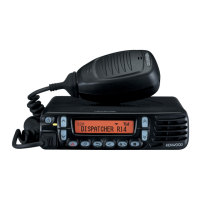



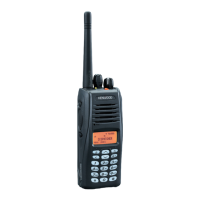
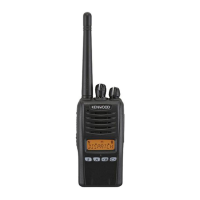
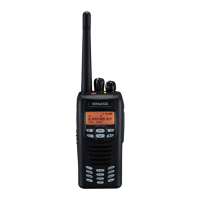
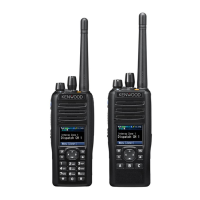
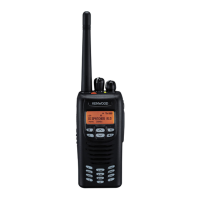


